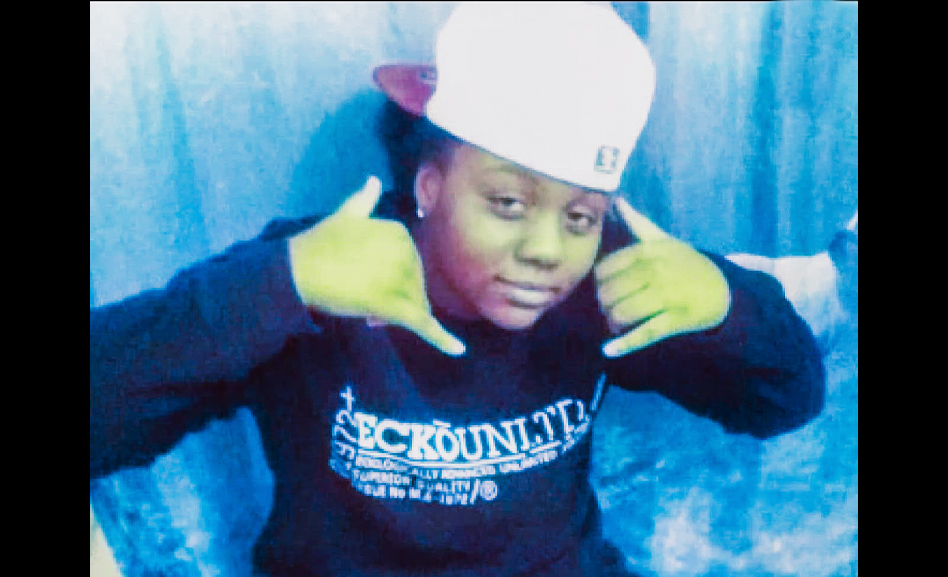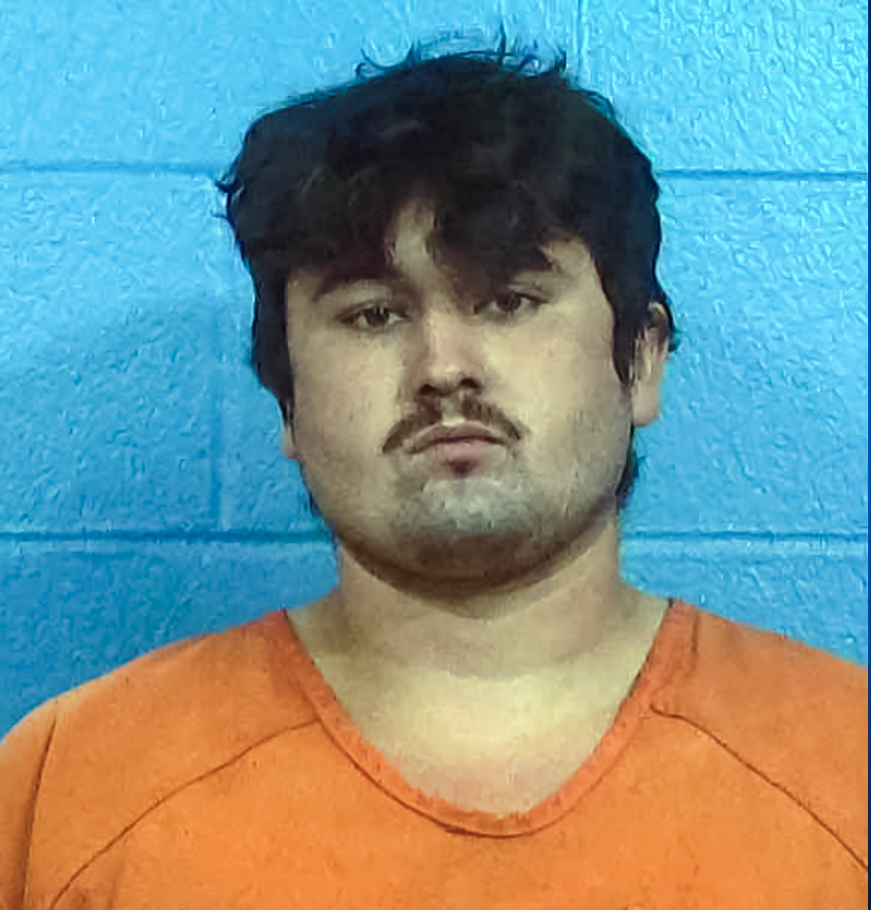
Murder victim Akira Ross
Akira Ross, 24, was shot to death on Friday night, June 2, at a Circle K gas station in Cedar Park, a suburb on the northwest side of Austin, by a man she didn’t know. Now the victim’s family and friends are working to get the Cedar Park Police Department to label her murder as a hate crime.
Organizers with Cedar Park Pride are asking supporters to attend the Cedar Park City Council meeting happening Thursday, June 22, to urge the council to “pressure Cedar Park police to label this incident as a hate crime.”
Those who can attend are asked to “use this link to let us know you are attending.” Those who plan to attend as well as those who cannot are asked to email the Cedar Park mayor and city council asking them to encourage police to classify Ross’ murder as a hate crime using this link.
Cedar Park Pride organizers also offered “these talking points to help craft a statement to the Cedar Park City Council.”
According to reports, Ross, her girlfriend Tanya Gasaway and another friend pulled into the Circle K parking lot just before 10 p.m. that night. Ross and Gasaway — who had been in an “on-again, off-again relationship” for about nine years, according to KVUE-ABC television station — were arguing as they pulled in and as Gasaway got out of the car to go inside. It was that argument, their friend believes, that caught the attention of a man in the parking lot.

Murder suspect Bradley Stanford
According to LawAndCrime.com, quoting from a probable cause affidavit, surveillance camera footage from the Circle K in the 120000 block of Ranch Road 620 North in Cedar Park shows a newer model Chevrolet Malibu, allegedly driven by 23-year-old Bradley Jacob Stanford, pulling into the gas station parking lot at about 9:42 p.m. Stanford went inside the store, came back out in about two minutes, grabbed something from the car and tucked it into the waistband of his shirts.
Immediately after, a black Nissan, driven by Ross, pulls into the parking lot and stops “two gas islands away” from Stanford’s car. As they pulled in, Ross and Gasaway were “in the midst of a minor tiff over a food order,” according to their friend who was in the car with them.
Gasaway went into the store while Ross stood outside the driver’s door of the Nissan. That’s when Stanford walked over to Ross and “the two appeared to have an exchange of words,” police said. At that point, Ross became agitated and followed Gasaway into the store.
The women’s friend, who remained in the car, told police she was watching Stanford because he seemed suspicious to her, and that she saw him go back to the Malibu and start “digging around” for something in the car, and that he “appeared to be arming himself with a gun.” She then texted Gasaway, telling her to have the store clerk call police because Stanford had a gun and seemed to be coming after Ross.
Gasaway told police that when Ross went into the store, she said Stanford was “waving his gun around” in the parking lot, and then she got her friend’s text saying call police.
About three minutes after she went into the store, Ross walked about and returned to her car. That’s when Stanford again walked over to Ross as she stood by her car, and the two again exchanged words. Then, acting as if he was returning to his own vehicle, Stanford walked to the back of the Nissan, yelled “F—-t!” at Ross and fired three times.
He then ran to his own car and drove away.
Stanford was arrested shortly afterwards at an apartment complex. He was charged with murder and bond was set at $1 million.
The FBI defines federal hate crimes as “criminal offenses that were motivated, in whole or in part, by the offender’s bias against the victim’s race/ethnicity/ancestry, gender, gender identity, religion, disability or sexual orientation.
Texas’ hate crime law allows for enhanced penalties for those convicted of a hate crime, except in convictions for a first degree felony or a Class A misdemeanor. As explained at SteveHessLaw.com, “To convict someone accused of a hate crime in Texas, the prosecution must prove beyond a reasonable doubt to the jury that the defendant committed the crime because of the victim’s race, color, religion, or for some other prohibited reason. Proving that the defendant acted with hate crime intent can be difficult.”
That is why, especially in cases where there could be no penalty enhancement, prosecutors have often chosen not to prosecute crimes as a hate crime.
— Tammye Nash
